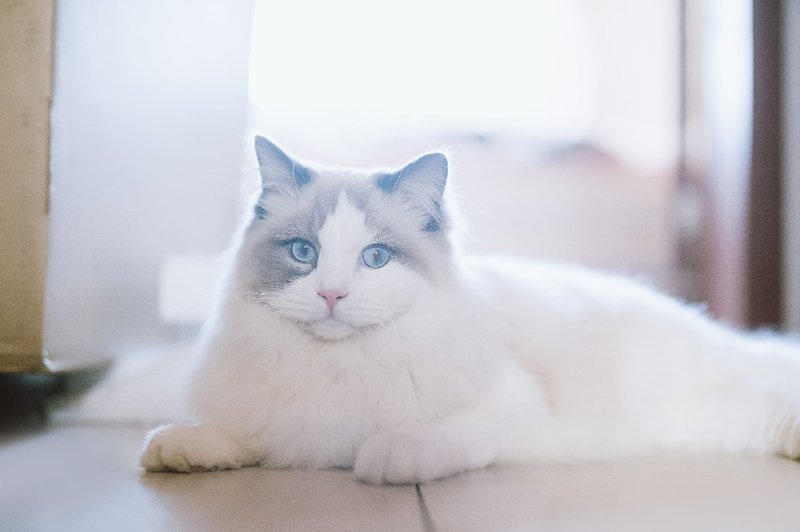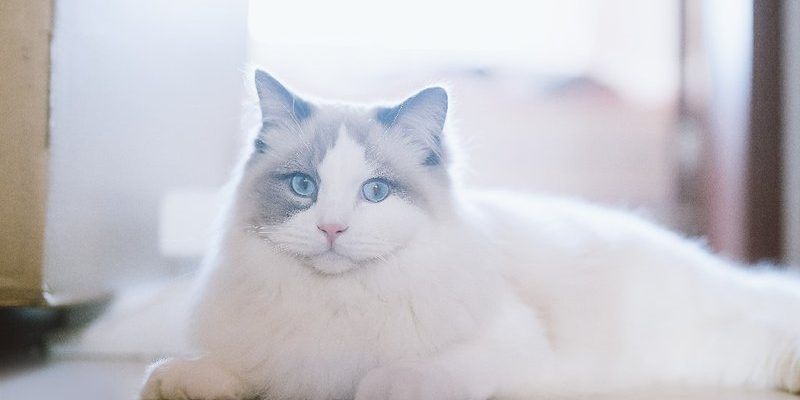
In this post, we’ll explore the pros and cons of having a Ragdoll cat. We’ll examine their traits, personality, and care needs, comparing them to other breeds along the way. By the end, you’ll have a clear picture of whether this lovable breed matches your home and heart.
Understanding Ragdoll Traits
Ragdoll cats are often described as docile, playful, and affectionate. These cats are known for their “floppy” nature, which means they tend to go limp when you pick them up. This unique characteristic makes them wonderfully cuddly companions. They thrive on attention and often follow their humans around the house, wanting to be part of whatever’s happening.
You might be wondering how they got their name. Legend has it that Ragdolls were developed in the 1960s by a breeder in California who noticed that these cats would go limp in her arms. This laid-back temperament makes them great for families, but it also means they can be quite needy. Many Ragdolls demand plenty of quality time with their owners, so if you’re a busy bee, this might pose a challenge.
The Charming Personality of Ragdolls
One of the standout traits of Ragdoll cats is their friendly nature. They generally get along well with children and other pets, making them a perfect choice for family homes. Think of them as the life of the party—always ready to play and join in on the fun.
Ragdolls are also known for their loyalty. They often form strong bonds with their owners and can become quite attached. This can be wonderful if you want a furry sidekick to keep you company. However, it does mean that they might not do well if left alone for long periods. If you travel a lot or have a demanding job, you might want to consider whether you can meet their social needs.
Pros of Owning a Ragdoll Cat
Let’s talk about the benefits of welcoming a Ragdoll into your home:
- Affectionate Companionship: Ragdolls are known for their loving natures, often seeking out cuddles and affection.
- Great with Kids and Pets: Their gentle temperament makes them a fantastic choice for families and homes with other animals.
- Low Maintenance Coat: While they have long fur, Ragdolls require less grooming than some other long-haired breeds. Regular brushing helps keep their coat healthy.
- Calm and Quiet: These cats tend to be less vocal and are generally relaxed, making them easy to live with.
Honestly, it’s hard not to fall for their charm. Imagine coming home after a long day to find your Ragdoll waiting by the door, ready for some quality cuddle time. Sounds cozy, doesn’t it?
Cons of Owning a Ragdoll Cat
While there are many pros to owning a Ragdoll, it’s also important to consider the downsides.
- High Need for Attention: Ragdolls thrive on social interaction and can develop separation anxiety if left alone too long.
- Potential Health Issues: Like many purebred cats, Ragdolls can be prone to certain genetic issues, such as hypertrophic cardiomyopathy (HCM).
- Can Be Overweight: They love to eat, and if not monitored, they can easily gain weight. Regular playtime is essential.
- Time-Consuming Grooming: While their coat is relatively low maintenance, they do require regular grooming to prevent mats and tangles.
Here’s the thing: if you’re ready to shower them with love and attention, you may not mind the extra responsibilities. However, if you’re busy or away from home often, it might lead to a stressed-out kitty.
Comparing Ragdolls to Other Cat Breeds
Before making your decision, it’s helpful to compare Ragdolls to other popular breeds. For instance, the Siamese is known for being vocal and energetic, while the Persian is more reserved and requires extensive grooming.
If you want a cat that’s more independent, a breed like the British Shorthair might be a better choice. Unlike Ragdolls, these cats are less needy and can entertain themselves for longer periods. Understanding these subtle differences can help streamline your decision-making process.
Ragdoll vs. Other Popular Breeds
Here’s a quick comparison table to give you a better visual of how Ragdolls stack up against other breeds:
| Breed | Affection Level | Energy Level | Grooming Needs |
|---|---|---|---|
| Ragdoll | High | Low to Moderate | Moderate |
| Siamese | High | High | Low |
| Persian | Moderate | Low | High |
| British Shorthair | Moderate | Low | Low |
This can help you see at a glance what might fit best with your lifestyle.
Preparing Your Home for a Ragdoll Cat
If you decide to bring a Ragdoll into your life, preparing your home is key. Here are some steps to make your space welcoming and safe:
1. Set Up a Cozy Space: Create a warm, comfortable area with a soft bed or blanket where your Ragdoll can relax.
2. Provided Scratching Posts: Keeping their claws healthy is important. Offer multiple scratching posts or pads around the house.
3. Invest in Interactive Toys: Ragdolls love to play, so having a variety of toys will help keep them entertained and active.
4. Create a Safe Environment: Ensure that dangerous items are out of reach, including small objects that could be swallowed and toxic plants.
By taking these steps, you can create an inviting atmosphere that encourages bonding and play, making your Ragdoll feel at home.
Final Thoughts on Ragdoll Cats
So, is a Ragdoll cat right for you? If you’re seeking a loving, gentle companion who thrives on social interaction and can fill your home with warmth, then a Ragdoll might just be your perfect match. However, if you prefer a more independent or lower-maintenance pet, you may want to consider other options.
Ultimately, owning a Ragdoll cat can be incredibly rewarding, but it’s crucial to think about your lifestyle and how much time you can dedicate to your new furry friend. If you’re ready to embrace the love and cuddles a Ragdoll has to offer, you’re in for a delightful adventure. After all, there’s nothing quite like the joy of having a fluffy companion by your side.

